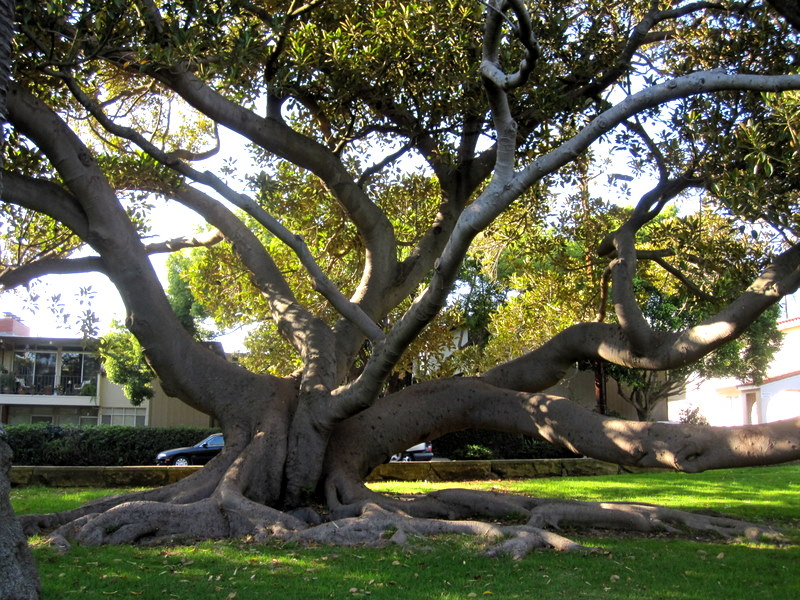Practicing Meditation: How to Find More Calm in Your Day
My mind is a clear blue lake, deep, calm and serene…
This was an affirmational chant I received from a meditation class many years ago. I would repeat it to myself on a kind of spiritual loop, yet the only feeling I would have was the frustration of not feeling enlightened or expansive. I was seeking that dropping down feeling of sliding into a lake like a silver stone, into silence. It is in the deep quiet of the lake’s depths, a teacher told me, that the purity of the true self –- that unnamed part of us that is beyond personality — can emerge.
Meditation, I concluded, was very difficult and must only be for saints or enlightened beings. I wasn’t able to sit still very long or stop thinking for any length of time…it was almost the hardest thing I had ever tried to do.

I didn’t give up. The next class was held in my living room, chairs arranged in a circle. I was going to learn Transcendental Meditation (TM), step by step, with a group of friends. TM, as taught to the Beatles by the Maharishi, required constant focus and discipline. I tried to do it, twice a day, for 20 minutes — the counting, the repetition of my own sacred sound — but I got sidetracked and grew even more frustrated. It was a bit too regimented for my undisciplined mind.
Let it Be, I said to myself.
Then came the yogic breathwork of alternating nostril breathing. Am I doing this right?
Another teacher had us listen to a meditative piece of music, hands placed triangle like over our hearts. Yes, it was calming, but where was my clear blue lake?
Yet another way was to focus on a lighted candle and repeat a sacred sound like “sohum” — which is similar in meaning to the words of God to Moses, “I am that am”.
I had tried several meditation techniques, but my mind was still not a clear blue lake. Was it this hard for everyone?
I kept hearing that even just five minutes of meditation each day — in the midst of all the anxiety-producing technology, obsessive texting and emailing that is part of modern life – can help us attain the inner island of peace that can rightfully belong to us. But how?
Then came the part I had been missing: it was meant to be easy and simple. I didn’t need to be disappointed if I didn’t experience states of oneness with all beings right away. And more importantly, it wasn’t necessary to be quite so regimented (or have a Zen Roshi master tap you with a stick to correct your posture). That said, a slight amount of discipline does make the practice work better.
Here’s what worked for me:
Relax and close your eyes. Begin with breathing, linger for one or two seconds, or more, at the natural expanse at the bottom of the out-breath. Experience the sense of everything in the world pausing, then…take in new energy (or prana), with the in-breath, include everything you want.
Breathing itself is not meditation, but merely the doorway into it. Remember to be very gentle with yourself; it is, as one Lama said, like making friends with a horse. Go carefully inward. I sit in the same chair, around the same time every day, typically early morning. Lighting a candle, even wearing a special shawl or scarf, can sometimes help put me into a separate space. Relax.
On the out-breath, let go of everything you don’t want to hold onto. The idea is to take your mind off your mind — like a buzzing mosquito, those thoughts (accusatory, angry, anxious) will still float by. Be careful not to bark orders at it to stop having thoughts. After a while, you can begin breathing naturally, calmly, and move your focus to the point between the eyebrows or third eye.
Uncrossing the legs allows for better energy circulation; and if you like, place your hands over your heart, or four inches above the abdomen, or hara point. Some hold their palms up, lotus like, but there are no strict rules of adherence. What matters is how your hand position (or mudra) feels best to you. And relax.
Like breathing, chanting itself is not meditation — it’s another doorway. I have Krishan Das, Guruh Singh, and a few others on my iPod for this purpose.
It took a few weeks of practice, but my new routine was creating a calmer mind and thoughts. All thoughts, my last teacher who best explained it to me, are like movement on the water, on the clear blue lake where there is the contrast between what is choppy and chaotic against that which is still.
Recently, I met a friend to walk and meditate among the trees in the park. We sat inside the curious spreading tree roots of an ancient Banyan tree with our backs against the trunk. I paused at the in-breath then, out ever so slowly, the outbreath. I don’t remember if I thought of anything. In that moment, it didn’t matter. We stood up to leave, the trees and light ever so vibrant. But where did I park my car? A bit disoriented, I reclaimed myself and located my dark blue hybrid right where I had left it.
Expansive calm was mine at last. I went shopping for dinner, the anxious feeling in my stomach erased as I mentally thanked all my past teachers.
I had finally found what worked for me. My mind was becoming a clear blue lake, deep, calm…well you know the rest.



